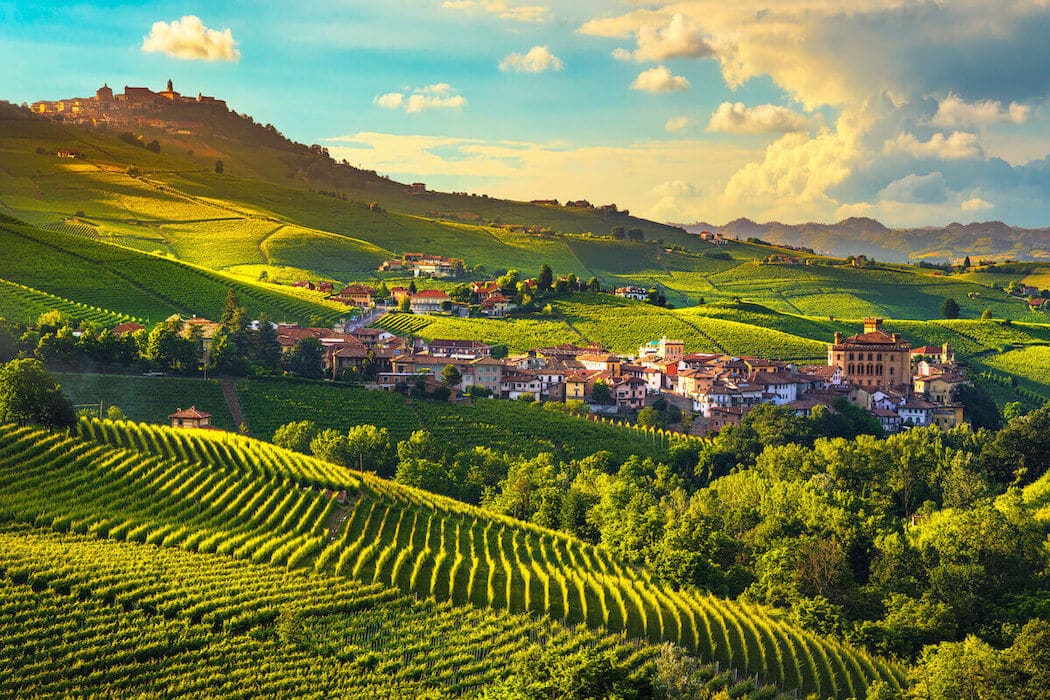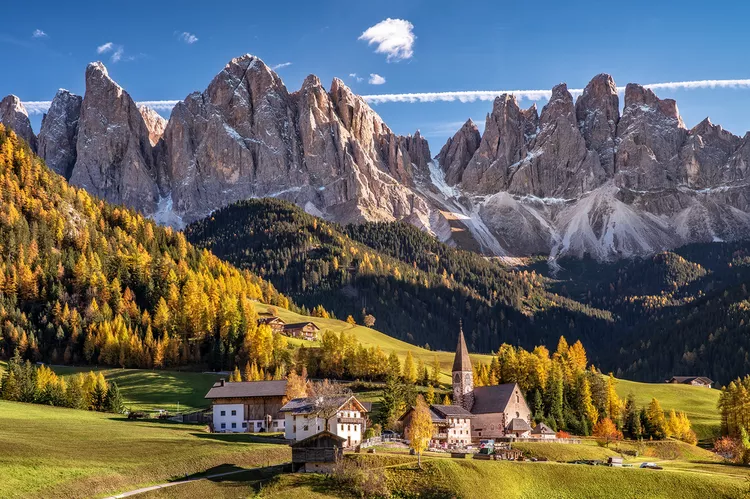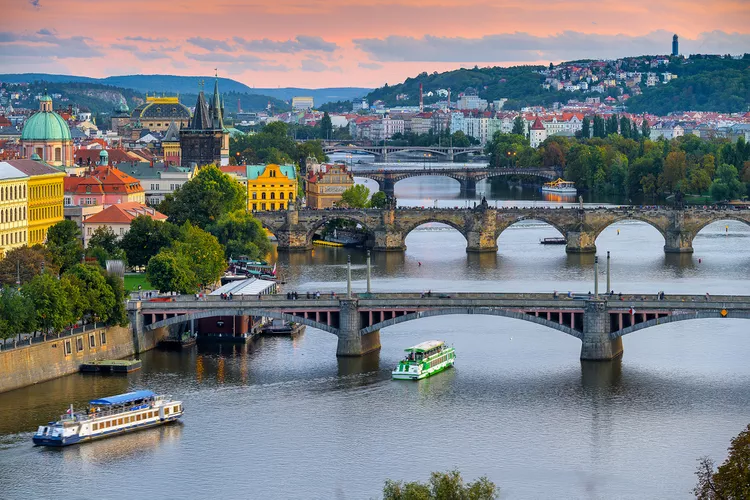A certified Italian wine scholar shares her favorite vineyards in Northern Italy.
For many travelers, one of the biggest reasons to visit Italy is the chance to taste the country’s famous wines. A visit to an Italian vineyard involves more than just a tasting: architecture, décor, and accoglienza (welcoming hospitality) all provide a feast for the senses. And with numerous wine regions—do you go to Tuscany, or Sicily, or Lombardy, or Umbria?— and hundreds of vineyards, it can be overwhelming to choose where to go.
More trip ideas: This Undiscovered Corner of Tuscany Is the Region’s Best-kept Secret
I’ve been designing custom-made vacations for luxury travelers for my company, The Italian Concierge, for 27 years. As a certified Italian Wine Scholar, I’m currently studying for the more intensive accreditation of Italian Wine Ambassador, and recently visited 29 wineries during a six week stay.
To help you plan your Italian wine adventure, I’ve selected a few outstanding wineries in the northern part of the country, in the northern Piedmont and Veneto regions.
Piedmont Region
Best Hospitality: Braida Wine Resort
Get away from crowds and sample the traditional local cuisine with a visit to the countryside at the recently opened Braida Wine Resort, which isighly regarded for their Barbera d’Asti Bricco del Uccellone. Dine on the property or head to the village of Rocchetta Tanaro to Trattoria I Bologna.
:max_bytes(150000):strip_icc():format(webp)/ciabot-roero-northern-italy-wineries-NITALWINE0721-d3ee73cc77f74bcb9a091cbc15743755.jpg)
Best High-Tech Approach and Attention to Detail – Parusso Winery
In the heart of the Langhe hills overlooking Barolo lies Parusso Winery. With an eye for the smallest detail, from respecting the microorganism enriched soil to hand harvesting, the Parusso family has been tied to the Bussia area and wine production for five generations and has a focus on wine structure, finesse, balance and elegance. The view from the roof of the winery can be described in one word: impressive.
Most Enthusiastic Producer— Az. Agr. Negro Angelo
Roero is often overlooked by their glitzier neighbor of Barolo, but a drive to the hills of Roero will get you fine wines and conscientious cultivation of indigenous grapes. Roero is best known for producing white wines with the arneis grape. Producer Angelo Negri is available to narrate with great excitement the three centuries of production and hard work which lead to his success. Ciabot San Giorgio is perched like a crown jewel. This antique house on a picturesque hilltop in the vineyard is a coveted position to have a wine tasting of the offerings of Azienda Agricola Negri wines. Perfect for a toast between lovers.
:max_bytes(150000):strip_icc():format(webp)/negro-roero-northern-italy-wineries-NITALWINE0721-380138661e5c4cca9453993b62ae2db5.jpg)
Best Shock Factor: Cattedrali Sotterranee di Canelli EST
In Canelli, visit the underground wine cathedrals built in the late 18th Century, uniquely located 32 meters below surface. These historic underground vaults of brick help maintain the temperature where the second fermentation happens. This production area is so unique UNESCO gave them status in 2014. Currently four vineyards are open for visits: Contratto, Coppo, Gancia and Bosca wineries. Coppa features 16,000 feet of tunnels and Bosca features a dramatic sight and sound presentation. Don’t forget to taste the sparkling Metodo Classico wines after your tour. In truffle hunting months, be sure schedule a meal at Ristorante San Marco. As part of the day, go white truffle hunting with the restaurant owner and return to the restaurant for a spectacular lunch.
:max_bytes(150000):strip_icc():format(webp)/la-signora-northern-italy-wineries-NITALWINE0721-71b3b8ee7b7641489ed371224eb6ab45.jpg)
Veneto Region
Best Biodynamic Spirit—Agricola Ca’La Bionda Vineyard
At Ca’La Bionda, Alessandro Castellani has his eye on producing the best organic Amarone wine possible using only autochthonous grapes (Corvina, Corvinone, Rondinella and Molinara) originating from its own vineyards. When neighbors were spraying copper sulfate, in the spirit of producing organic wines, he purchased neighboring vineyards to protect his organic status. Walk the trails of La Bionda between the vines overlooking the Valpolicella Classico area on the Marogne (dry stack stone terraces found in hillside vineyards) to find La Signora; a vine over 100 years old and who survived Phylloxera blight.
:max_bytes(150000):strip_icc():format(webp)/zyme-northern-italy-wineries-NITALWINE0721-2000-8fe8d23693a041eb9192a4824d0feaf4.jpg)
Most Creative Architecture, Blending, and Varietals – Zyme Winery
You can’t miss Zyme when you are driving in the San Pietro Valpolicella Classico area. The winery architecture shows you just how creative the wine tasting will be before you even take a sip. Zyme defies “classic” in all senses, from architecture, to blending of varietals, to labels. Do not go in there thinking you will taste Amarone. Be prepared for experimental tasting. Zyme was by far the most creative winery I visited.






